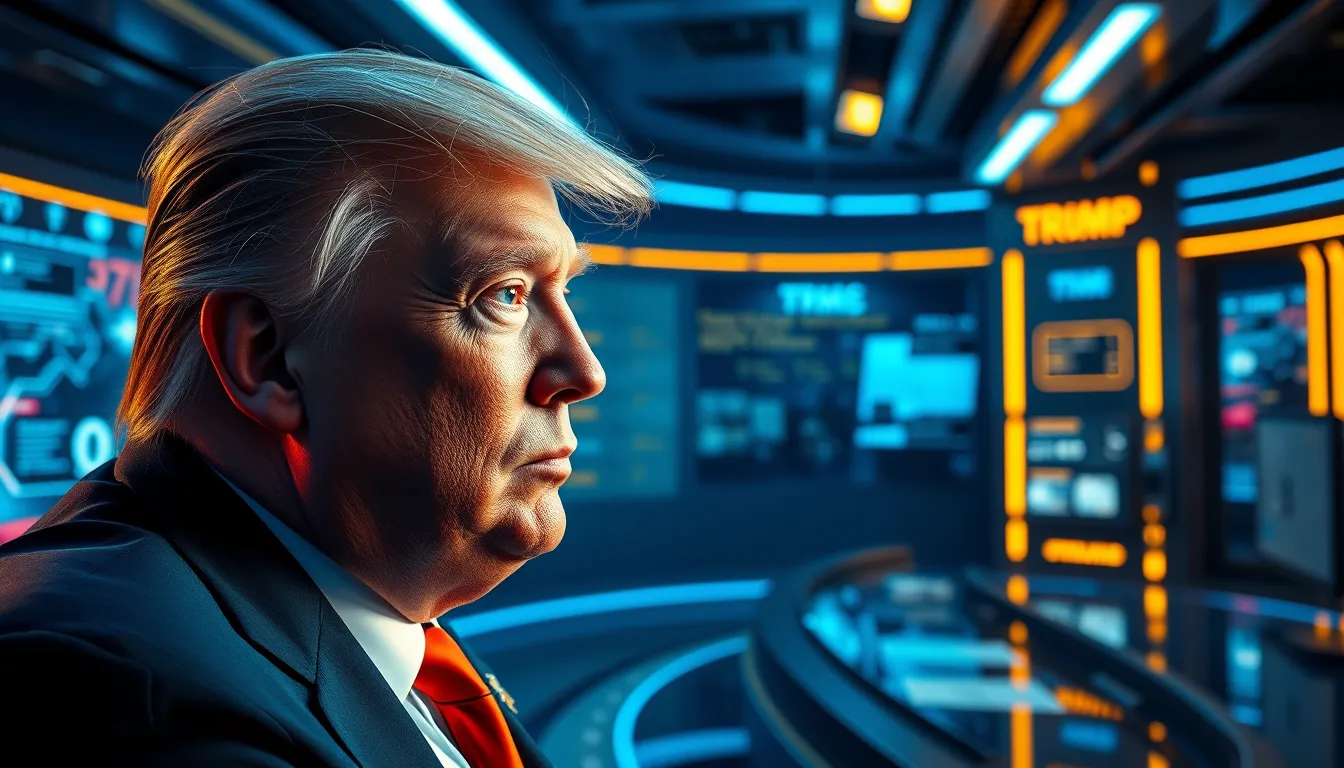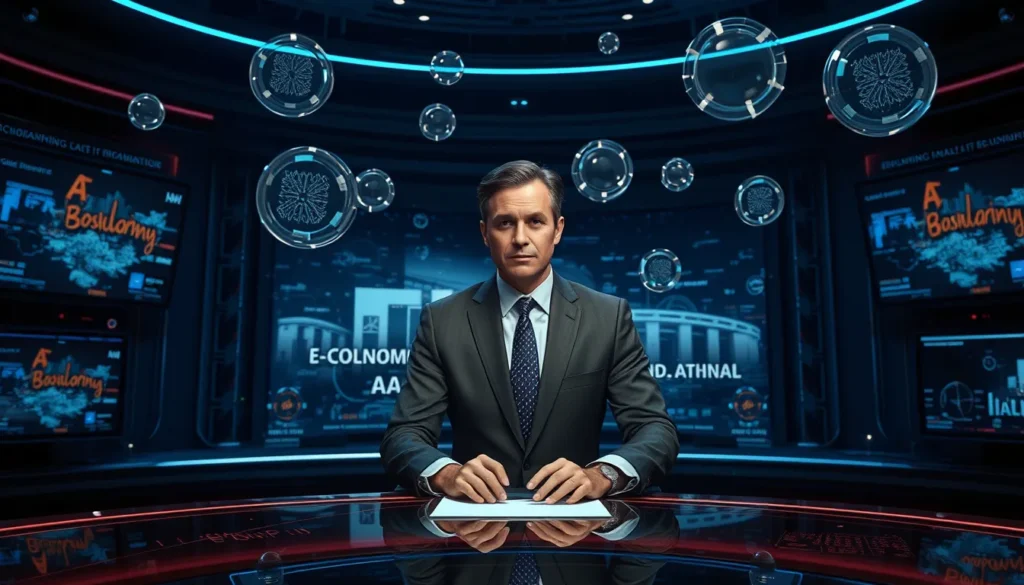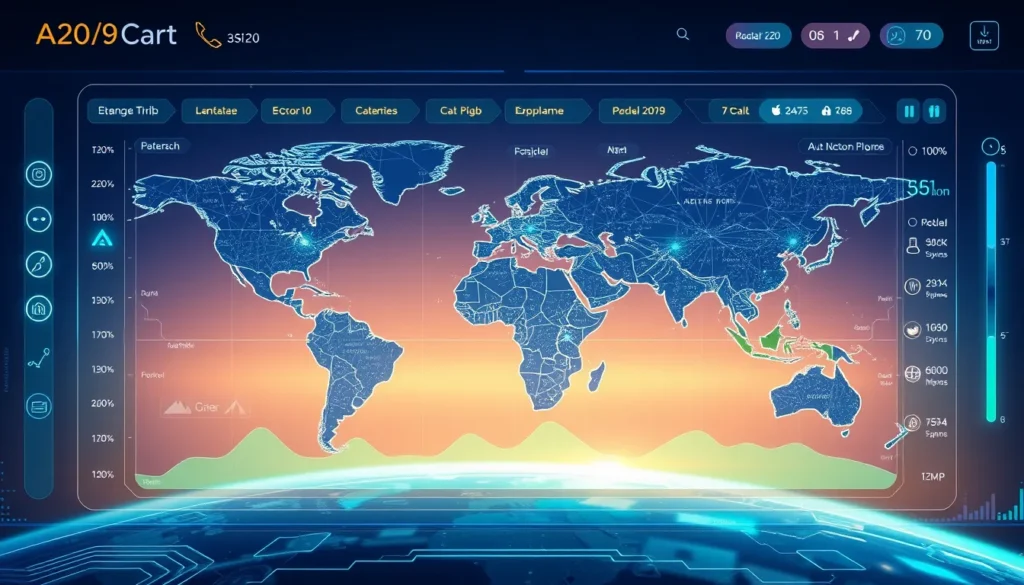Now Reading: Trump AI Video Conspiracy: Unmasking MedBed & Digital Politics
-
01
Trump AI Video Conspiracy: Unmasking MedBed & Digital Politics
Trump AI Video Conspiracy: Unmasking MedBed & Digital Politics

Trump AI Video Conspiracy: Unmasking MedBed & Digital Politics
In today’s rapidly evolving digital landscape, few topics ignite as much intrigue and debate as the phenomenon of the Trump AI video conspiracy. Former President Donald Trump recently sparked widespread controversy by sharing an AI-generated video that touched upon the infamous MedBed conspiracy theory. This event has not only intensified discussions surrounding political misinformation but also highlighted the broader impact of AI in political communications.
Introduction to Digital Political Discourse
Political messaging has transformed dramatically with the advent of advanced technologies. The Trump AI video conspiracy incident is a prime example of how digital political discourse can be influenced by cutting-edge innovations such as AI-generated video. As social media platforms become central to public debate, the blending of technology with political narratives raises questions about authenticity, regulation, and the manipulation of public opinion.
Understanding the Trump AI Video Conspiracy
The AI-generated video posted by Trump offered a bizarre mix of futuristic imagery and cryptic messages. It prominently featured elements suggestive of a MedBed conspiracy—a theory which asserts that secret, advanced medical beds have hidden healing capabilities. Despite lacking any scientific evidence, these ideas have steadily circulated online, particularly among groups predisposed to conspiracy theories. In this context, the Trump AI video conspiracy taps into both digital media fascination and the perennial allure of political controversy.
The MedBed Conspiracy in Focus
The MedBed conspiracy is emblematic of many modern conspiracies that merge technology with deeply rooted societal fears. Key aspects include:
- A belief in secretive, advanced medical technology
- The notion that such devices are concealed by elite groups
- The use of futuristic imagery to suggest possibilities beyond conventional science
These elements, when fused with a figure as polarizing as Trump, generate significant public interest and scrutiny. By leveraging the term “Trump AI-generated MedBed conspiracy video,” observers are not only addressing a specific narrative but also speaking to the evolving interplay between technology and political messaging.
The Role of AI-Generated Video in Political Messaging
Artificial intelligence has revolutionized the creation and dissemination of digital content. In politics, AI-generated videos can either stimulate engagement or sow confusion, depending on their use. With the Trump AI video conspiracy, several factors come into play:
- The surprising blend of futuristic visuals and political symbolism.
- An unexpected departure from traditional political messaging, prompting both supporters and critics to re-evaluate their positions.
- The potential for such content to unintentionally reinforce misinformation, particularly when it skirts the boundaries of satire and genuine conspiracy.
This incident serves as a case study on how AI in politics can blur the lines between factual communication and digital fabrication. As the impact of such content grows, so does the urgency for robust social media moderation and digital media regulation.
Analyzing the Impact of AI on Political Communications
The Trump AI video conspiracy offers an insightful glimpse into the challenges posed by AI in political communications. In an era characterized by instantaneous information sharing, even a brief digital moment can have far-reaching consequences. Key impacts include:
- Enhanced Spread of Misinformation: The speed at which AI-generated content circulates can amplify misleading narratives, making it difficult for audiences to verify facts.
- Political Polarization: When advanced technology is used to craft politically provocative content, audiences may become increasingly divided.
- Calls for Regulation: The incident has spurred debates over the need for updated policies on digital media regulation to ensure that technological advancements do not compromise the integrity of political discourse.
According to experts, the “impact of AI on political communications” is set to intensify, recalibrating the balance between innovation and the ethical use of technology in public debates. For further insight on political impacts, readers can refer to reputable sources like Politico which often cover these intersections of technology and politics.
Digital Media Regulation and the Future of AI in Politics
As controversial as the Trump AI video conspiracy has been, it also raises important questions regarding digital media regulation. Platforms must navigate the delicate balance of supporting free expression while curbing the spread of misinformation. Important considerations include:
- Transparent Moderation Policies: Developing clear guidelines for AI-generated content to shield users from deceptive information.
- Collaborative Oversight: Encouraging partnerships between technology developers, regulators, and political analysts to ensure ethical content delivery.
- Education and Awareness: Promoting digital literacy so that the public can better discern legitimate political messaging from AI-manipulated content.
Many observers argue that the responsible use of AI in political messaging relies on continuous dialogue between policymakers and technology companies. As this dynamic unfolds, the digital community will likely witness more instances where emerging tech forces a rethinking of how political information is disseminated and consumed.
Conclusion – A New Era of Digital Political Messaging
In conclusion, the Trump AI video conspiracy is not just an isolated event—it is a microcosm of broader trends in digital political discourse. The fusion of AI-generated video with political rhetoric, as seen in this incident, encapsulates the challenges and ambiguities of modern communication. While the MedBed conspiracy remains a fantastical element, its inclusion in a politically charged narrative underscores the transformative power of AI in reshaping public narratives.
Key takeaways from this analysis include:
- The necessity of critical media literacy in the age of digital misinformation.
- Recognizing the dual-edged nature of AI as both an innovative tool and a potential catalyst for controversy.
- The urgent need for effective digital media regulations to safeguard political discourse and public trust.
As society navigates the uncharted waters of AI in political communications, the Trump AI video conspiracy stands as a stark reminder of the complexities inherent in merging technology with politics. Whether viewed as a provocative experiment or a consequential misstep, this incident has undoubtedly set the stage for future debates on the intersection of innovation, regulation, and democratic discourse.
By understanding and addressing these challenges head-on, stakeholders can better harness the power of AI for positive political engagement while mitigating the risks of digital misinformation.
Ultimately, the evolving relationship between AI and politics demands a balanced and informed approach—one that welcomes innovation without compromising on truth and accountability.

























